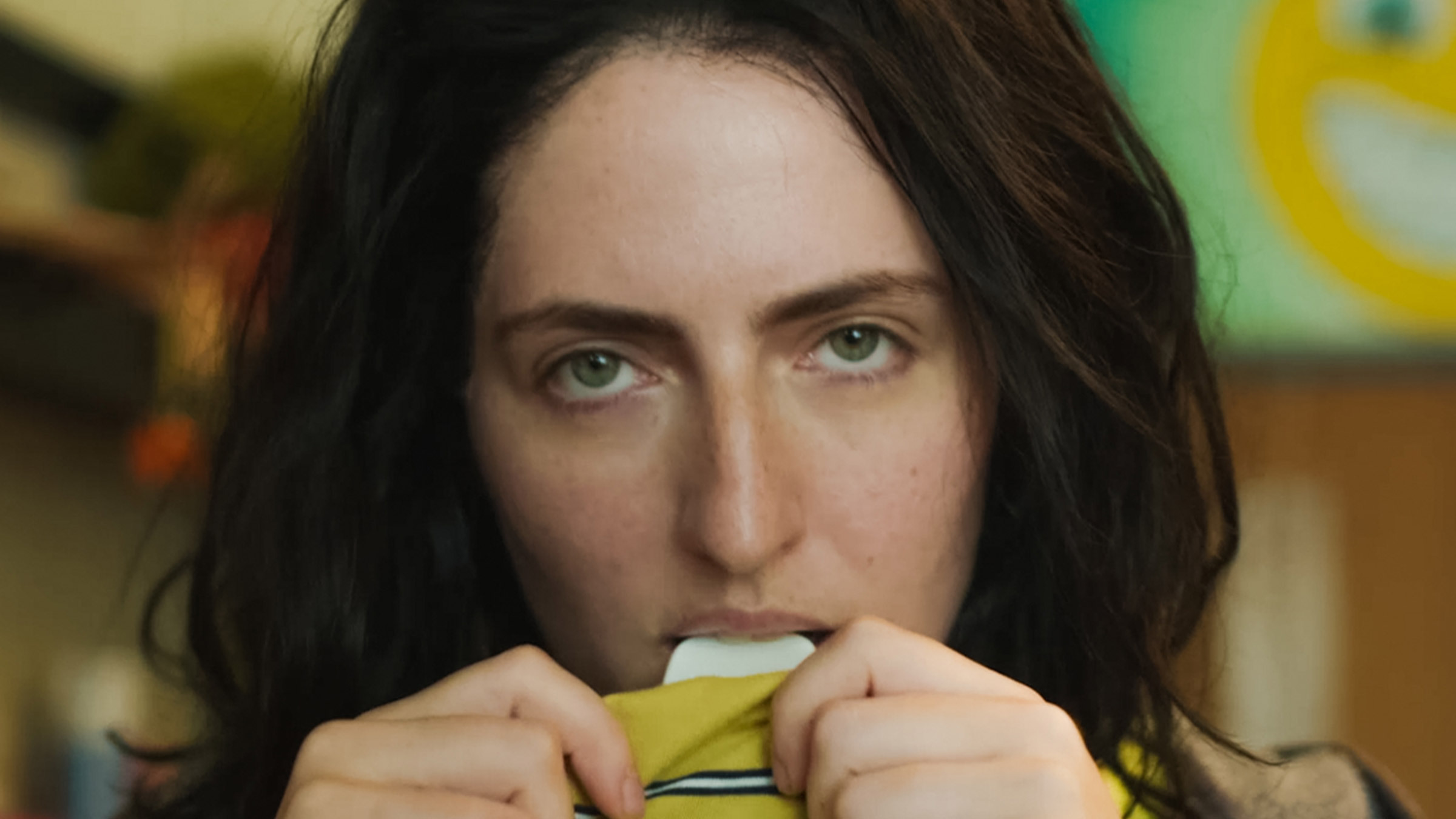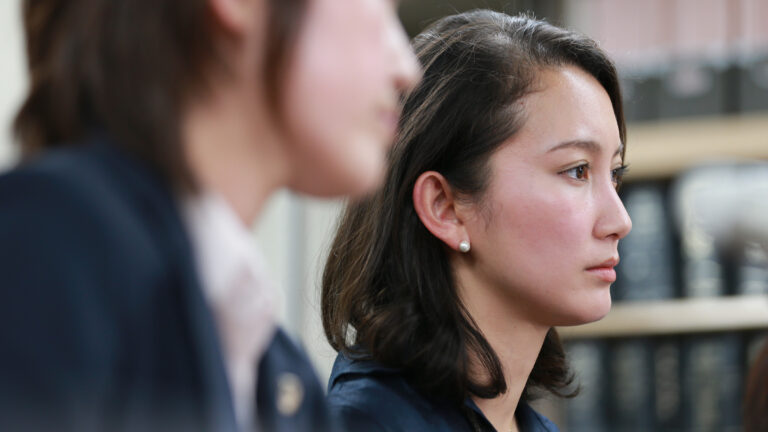Directing a movie is hard. You have to elicit the right performances from your actors, adhere to the budget for your producers, and hope that the final film resonates with audiences. You wear a lot of hats, the days are long, and the challenges—some of which you can control, many of which you can’t—never stop. If you’re not completely passionate about what you’re doing, there’s really no reason to do it.
First-time feature director Alex Heller is so passionate about her film, she not only wrote and directed it, she also starred in it. The Year Between, which premieres at Tribeca 2022, has been her labor of love, six years in the making.
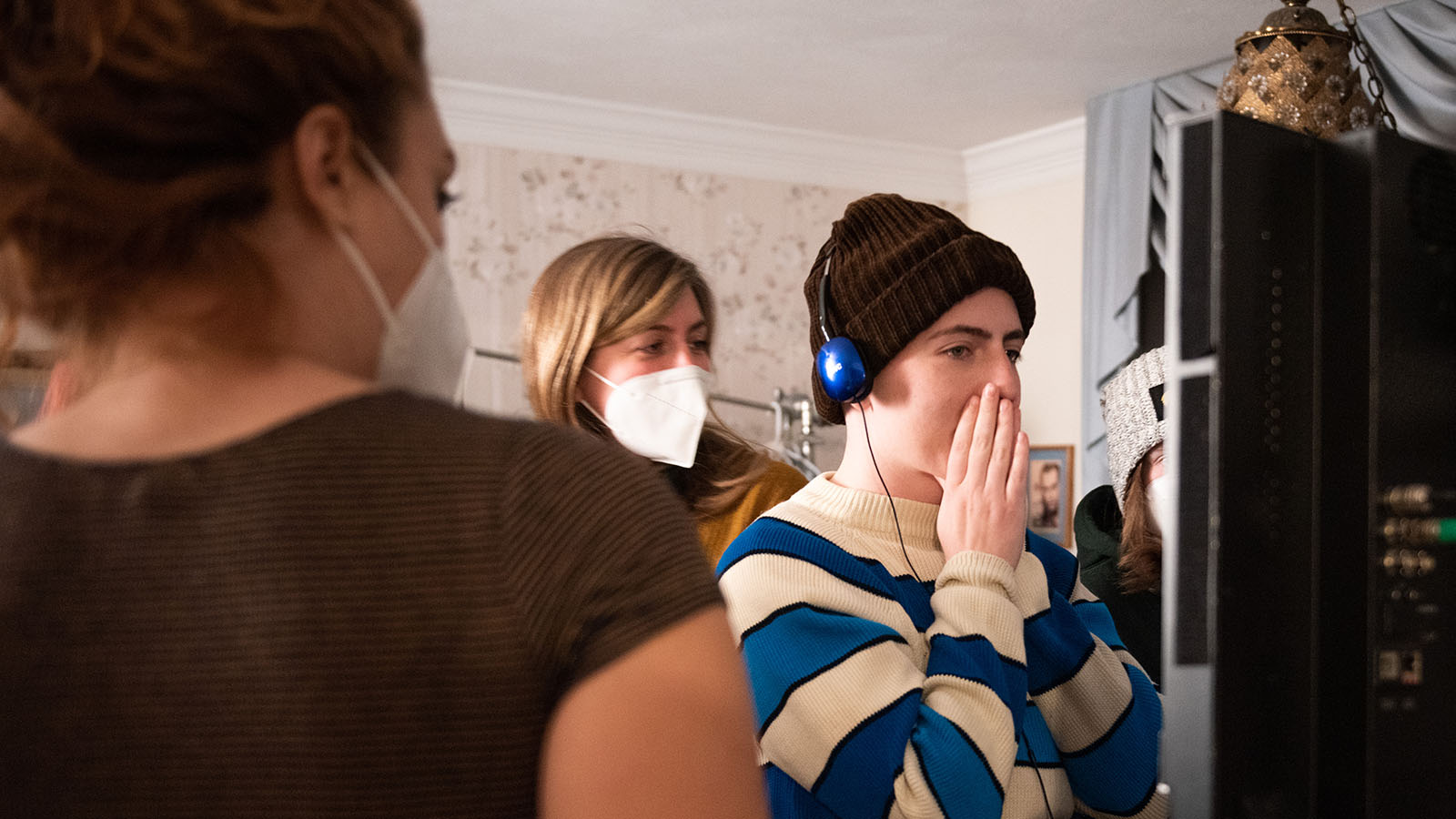
In this installment of Made in Frame, Alex and the team behind the film help us understand how difficult it can be to take on roles behind and in front of the camera—but also how the right technology can help to ease the heavy weight of wearing too many hats at once.
Tragedy plus time equals dramedy
The Year Between is a personal film for Alex, based on her own experience of needing a timeout from college life to get treatment for bipolar disorder. No spoilers: she spent a year living in her parents’ basement in Chicago and went on to a career in which she channels that experience into destigmatizing mental health issues.
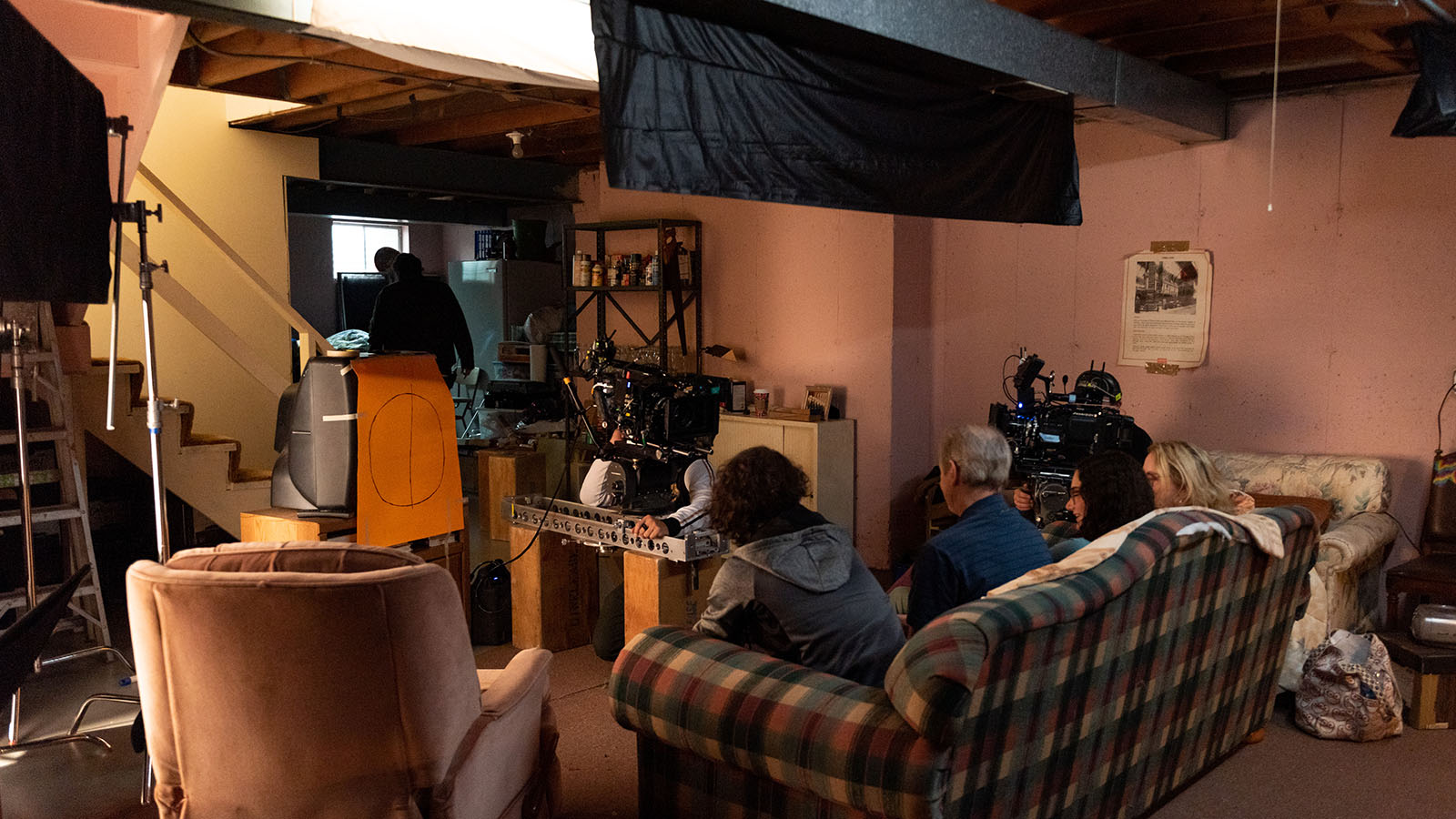
After pouring her story onto the page, Alex took the script to Eugene Sun Park of Full Spectrum Features in 2017 and they spent a few years developing the project through labs including Tribeca and Sundance, where Alex was mentored by Susanna Fogel, an executive producer on the film. Susanna brought in Amanda Phillips as an additional producer, and Amanda brought in Sonya Lunsford. Level Forward enthusiastically came on to produce and lead the financing, and Chicago Media Angels, who had been tracking the project, joined to complete the financing.
The movie, in which Alex plays anti-heroine Clemence, also stars J. Smith-Cameron (best known as Gerri in HBO’s Succession) as Clemence’s mother, and the one and only Steve Buscemi as her father. Clemence’s unexpected return to her childhood home causes chaos, but as is often the case with supportive families, growth ensues—both in the love they share and the understanding they acquire of Clemence and bipolar disorder.
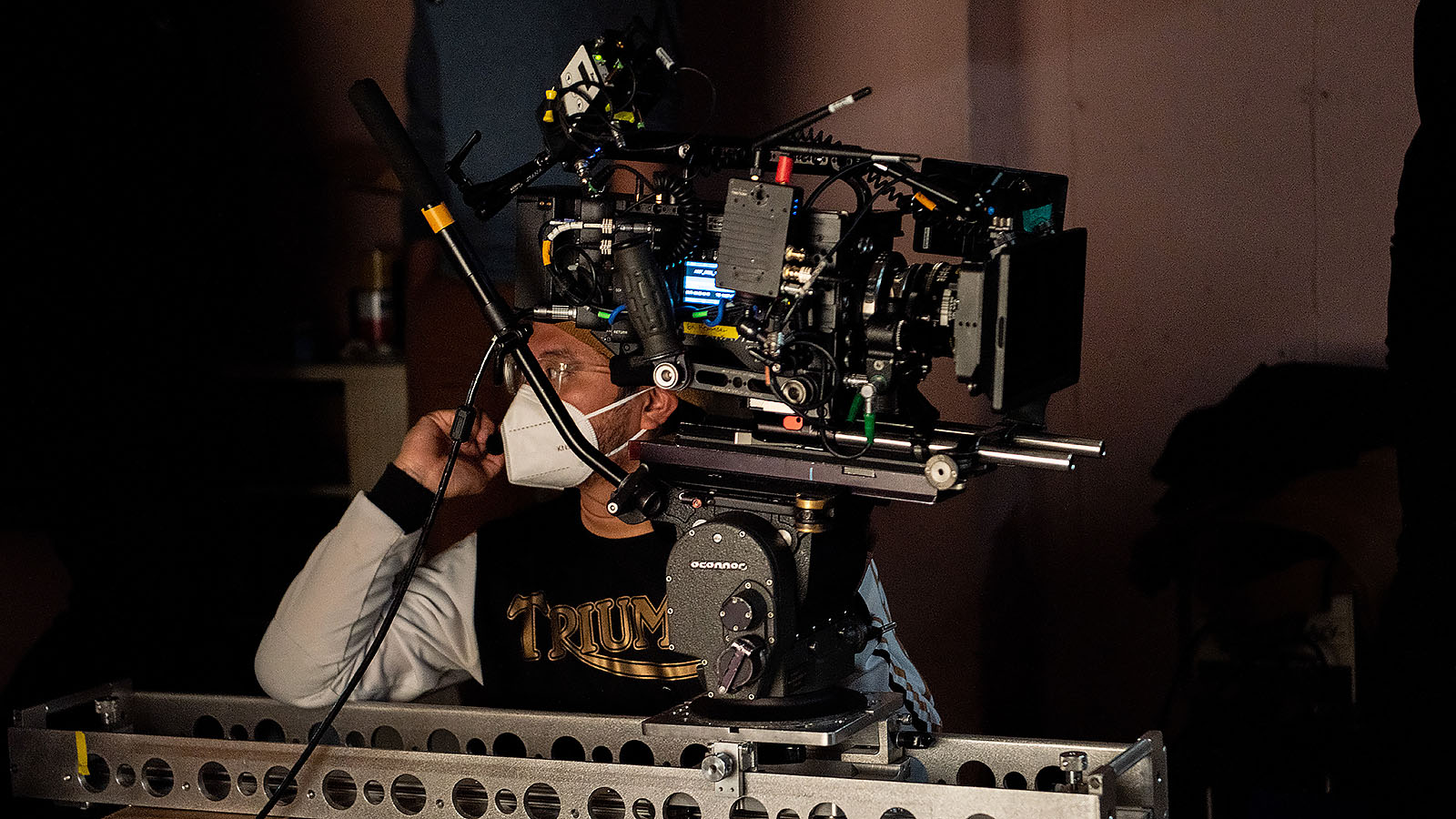
We, the audience, likewise come to embrace Clemence, while learning that basically everyone has their own kinds of challenges, and bipolar disorder is just one of them.
Alleviating anxiety
Creating a performance that’s both funny and touching demands a lot of an actor—never mind having to direct other (very experienced) actors at the same time. As a first-timer. On an indie budget. It’s kind of the directorial equivalent of skydiving. You have to take that leap and trust that your parachute opens.
But what if there was a way of knowing, before you jumped, that it absolutely would?
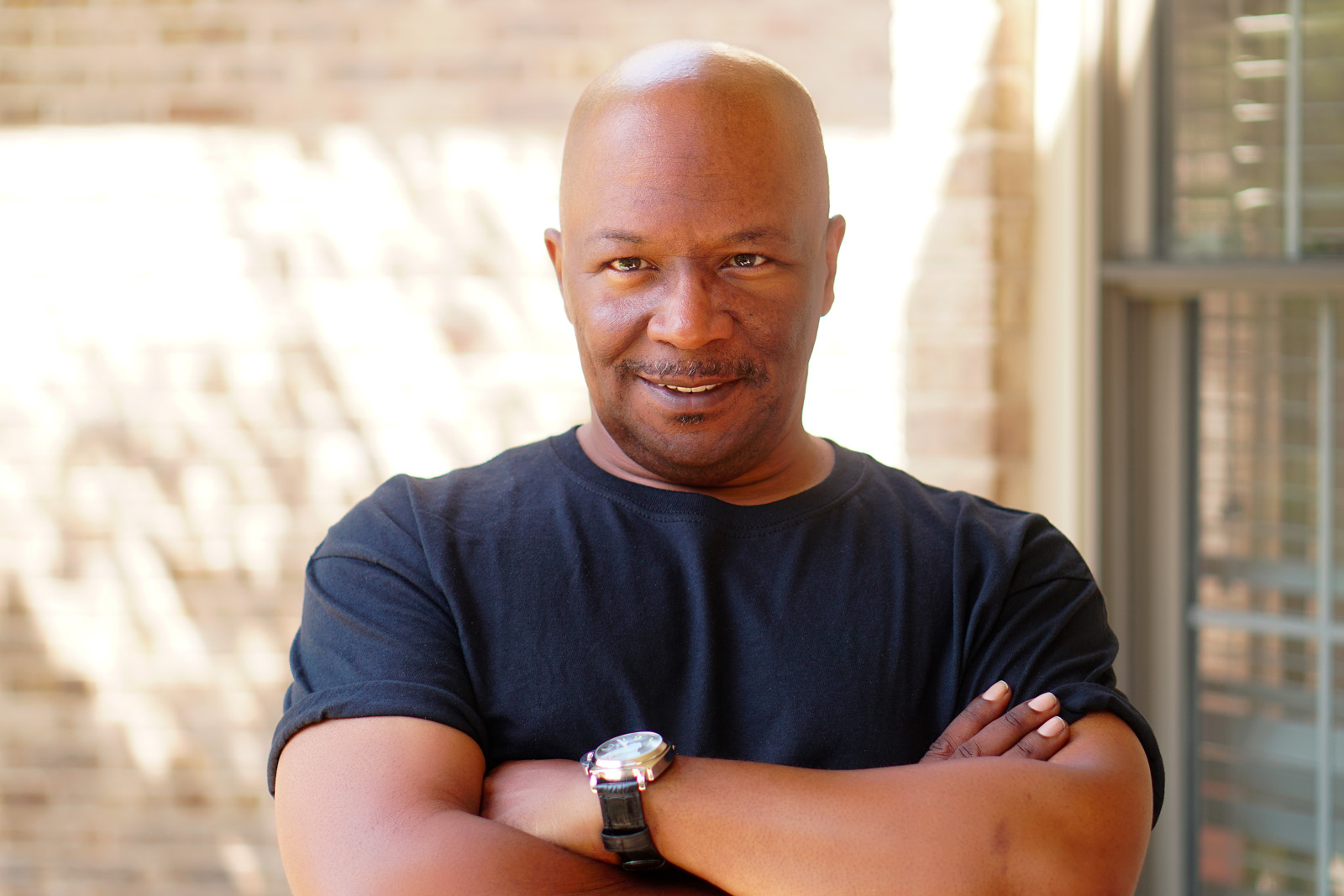
That’s where Frame.io Camera to Cloud (C2C) comes in.
DIT Chip Eberhart explains the many challenges it solved technically and, as a result, creatively. “We decided to use Camera to Cloud for a couple of reasons. First, we were shooting during COVID and needed to keep people safe. And second, we had a lot of producers and EPs in disparate locations, so we needed a way to keep them involved while we were shooting. With Camera to Cloud, we could keep everyone virtually on set without having them on set.”
The team shot on two Panavision DXL2 cameras fitted with RED sensors at 4K. Fitted with the Teradek CUBE 655, H.264 proxy files streamed directly to Frame.io automatically each time the camera captured a take. “It was great for me, because I didn’t have to process dailies and create proxies,” Chip says. “So I was able to really focus on managing the integrity of the image.”
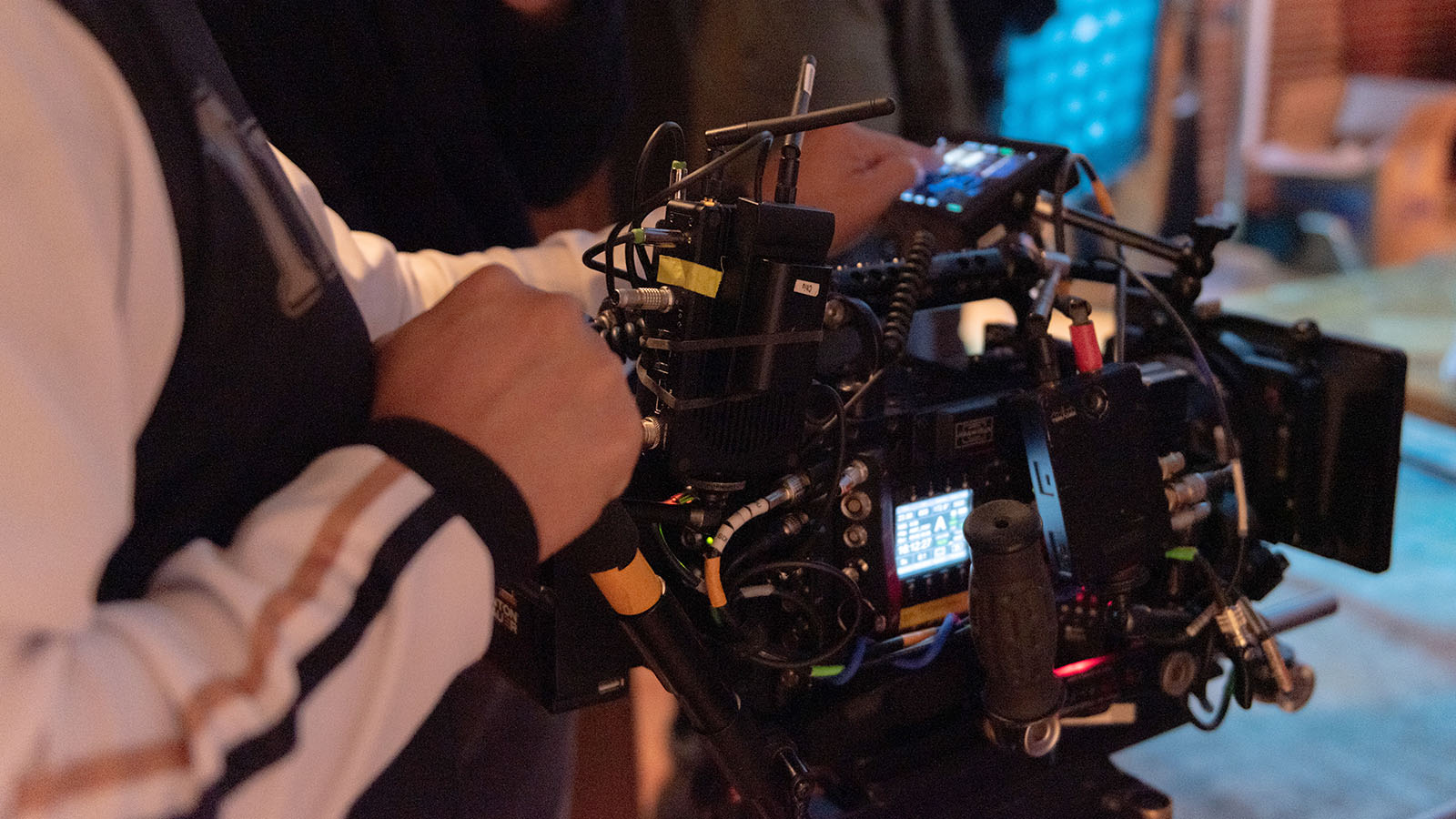
From Chip’s perspective, it was a big help to Alex, as well. “As both the director and the star, she was able to see her performance after each take and make adjustments right there.”
Working intuitively
This workflow also allowed editor Harrison Atkins, who was editing in LA, to instantly receive takes and begin cutting while the crew was shooting in Chicago. Using the Frame.io integration with Adobe Premiere Pro, Harrison was able to immediately ingest footage and report back to the set if there were concerns.
According to Alex, there was a particular scene in which they needed to know if it was salvageable due to bad weather (it wasn’t). But they knew that immediately instead of having to wait until the next day (or longer) and were able to pivot. Alex wrote another scene during the shoot. Problem solved.

Harrison had overlapped with Alex during film school, but the two had never actually worked together previously. He elected not to read the script that Alex had written, however. “In the beginning of the process, we decided that I might have a fresher approach to the film if I wasn’t biased by the ‘myth’ engendered by the script,” he says.
“I approached the footage from each scene totally cold, and got to know the movie as it was being constructed. This experiment seemed to pay off many times throughout the process. Because I never had Alex’s writerly intention in mind, my compass for decision-making was totally based on the material of the footage itself.”
In order to beat Chicago’s winter weather, the team moved very quickly through prep and through a brisk 24 days of principal photography, during which Harrison worked remotely. After that, Alex went to LA to work with him in person, which she strongly prefers to do. Still, she found Frame.io useful during post for “comparing cuts and making adjustments, keeping track of changes in an organized way, and leaving comments.”
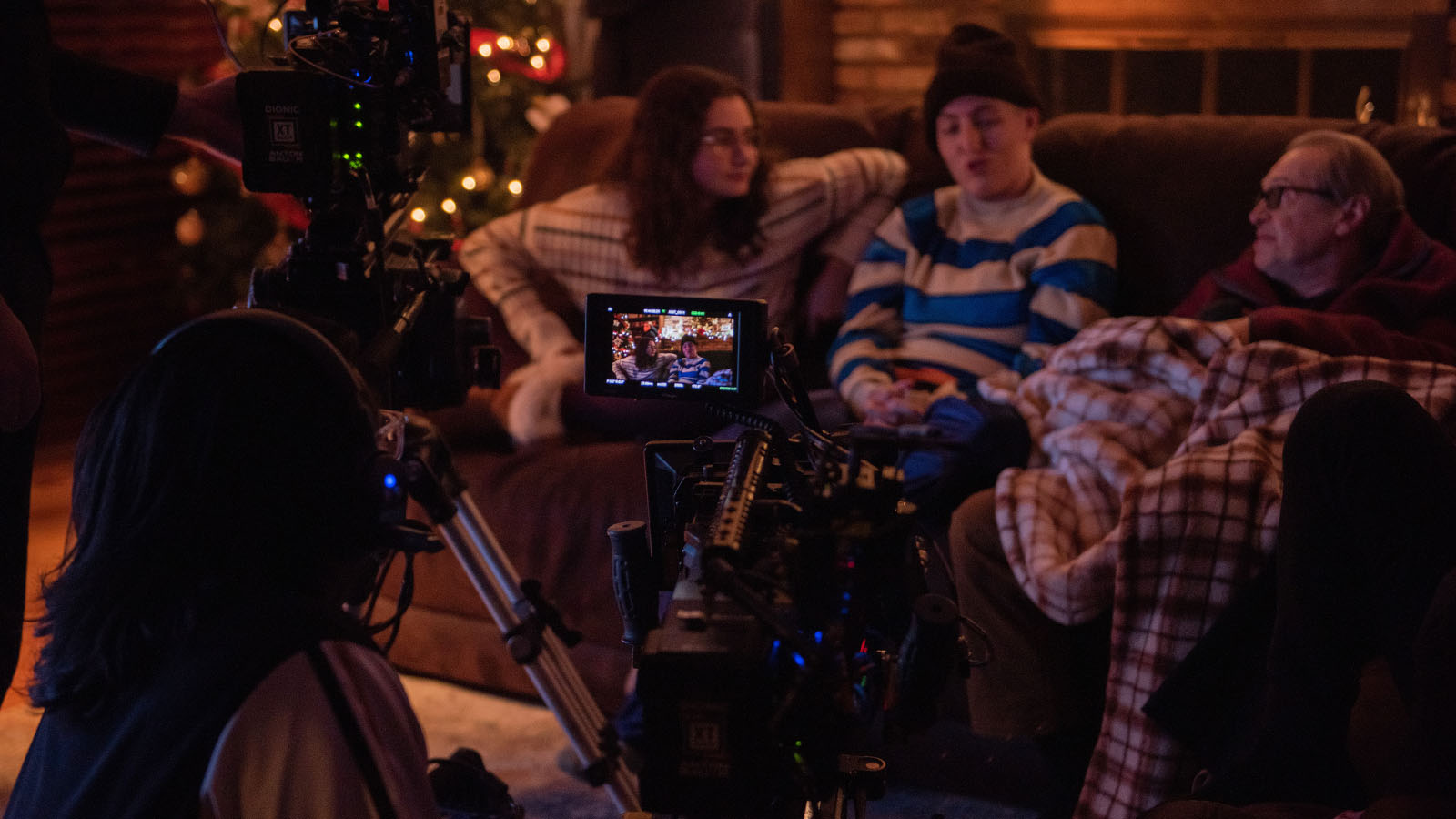
Harrison is a longtime Premiere Pro user, who appreciates being able to work without having to think about how he’s working. “Because I’m so familiar with Premiere, I don’t have to think about my operation of the program at all. It’s totally muscle memory, so I can move very quickly,” he says. “I like to sound design a lot along the way, because sound and music often play into the rhythm and feel of the film grammar, and can be somewhat deterministic in developing a creative approach.”
Uniting teams creatively
Part of the Tribeca Film Festival’s mission statement is to use art to unite communities. One of Chip’s observations is that Camera to Cloud was instrumental in uniting the creative team, whether on set or off.
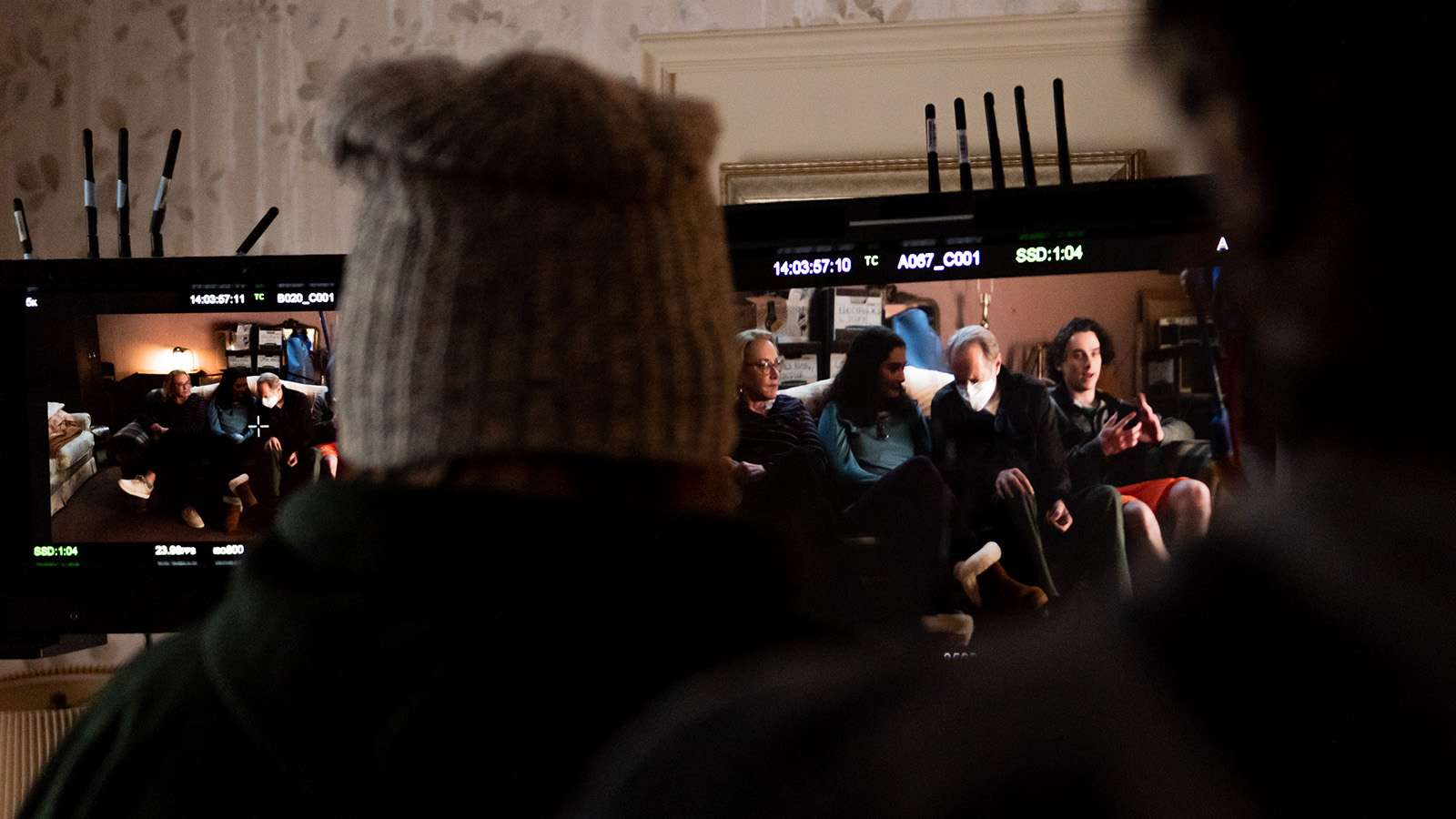
One of the biggest challenges on set is the fact that there’s only so many monitors for people to view playback. But with the Camera to Cloud setup, all the departments who could benefit from seeing playback were able to—on their mobile phones or iPads.
“Any department who may not always have access to a monitor could see what was going on—like makeup or electrical—and make any adjustments that were necessary,” he says.
Chip also estimates that there were approximately eight key stakeholders off set who were able to weigh in easily. “They were able to text Alex or her second AD and give them any requests.”

He acknowledges that for some directors, having more feedback isn’t always something they’ll want. But he can’t envision a way in which Camera to Cloud doesn’t make creative collaboration better, and feels that personally it enables him to actually focus on the more important aspects of his job on set.
A happy ending
There are the obvious challenges of making an indie film, but upping the ante by taking on multiple roles on a first feature is a brave and bold move. “It’s challenging to be able to give yourself to all of any of the roles at a given time—you kind of always have to be half-focused on something else—which is both distracting in a frustrating way and immersive in a helpful way,” Alex says.
But the rewards are immense. “I was able to bring life to something I’ve been writing for six years, and to work with really talented people who cared about the story.”
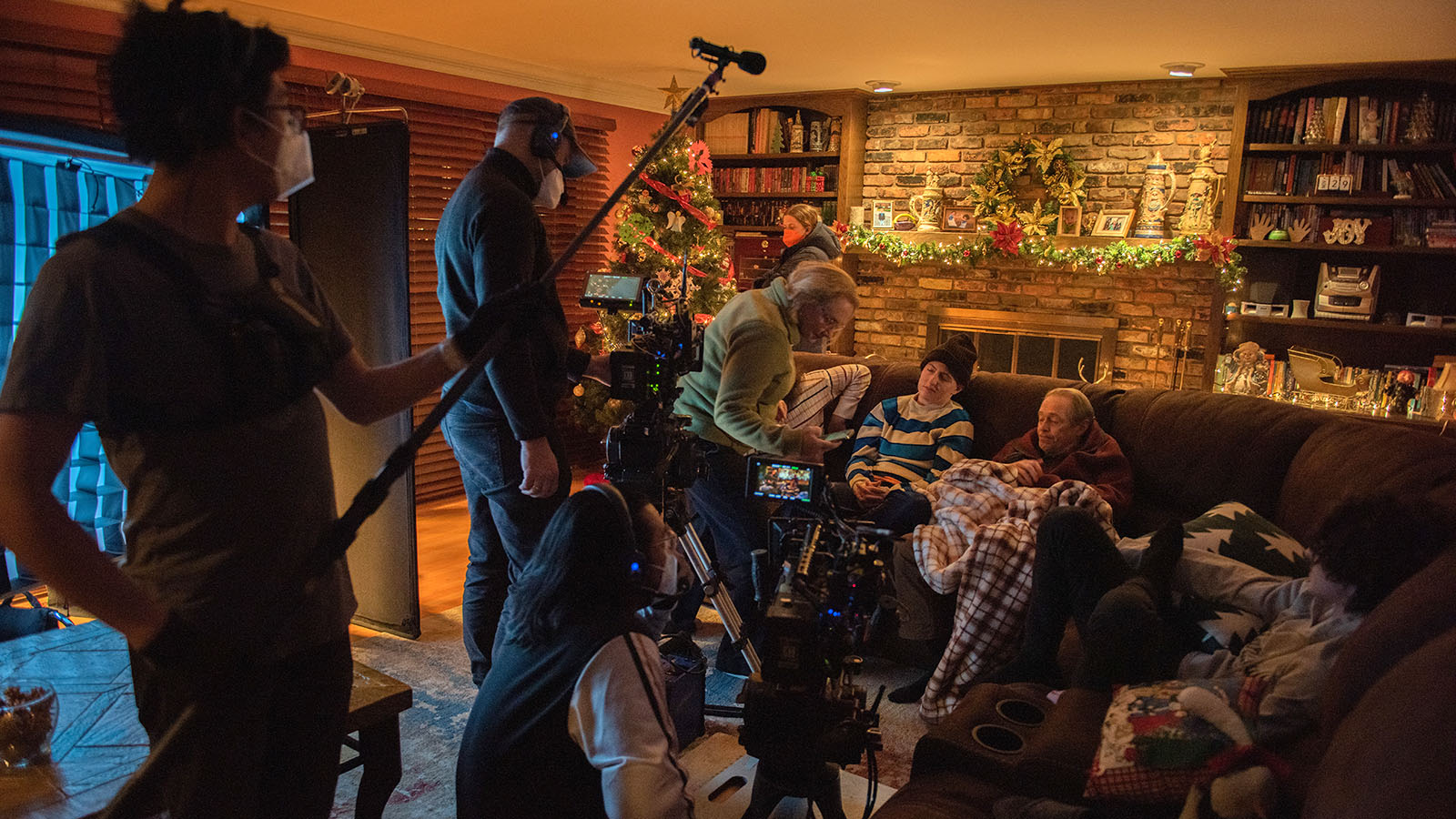
The proof of success, as always, is in the final film. Premiering at the Tribeca Film Festival is a major accomplishment that takes a village of committed individuals to achieve. According to the film’s producers, “the team was remarkable and unusually committed. People dropped everything to be there and do their part to get the film made.”
And this film is an important one, taking on a topic that’s unfamiliar to many people and shedding light, with humor and compassion, on what it means to manage bipolar disorder—both for those who have it and for those who live with them.
For us, any role we can play in supporting filmmakers to achieve their visions is the happiest possible outcome.

